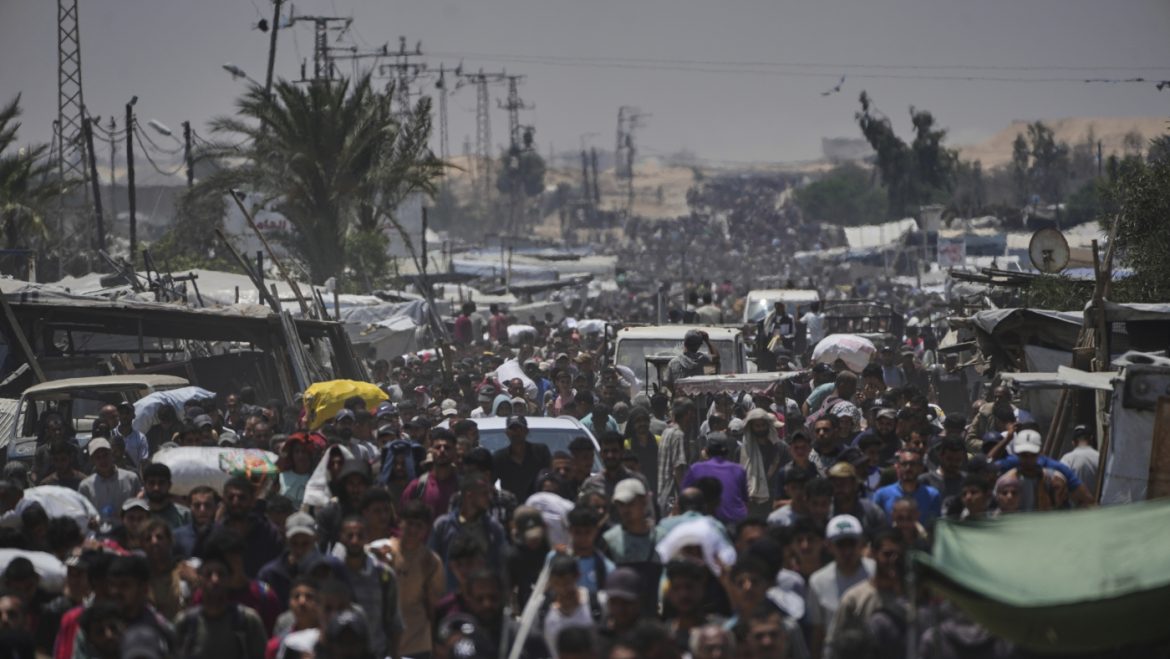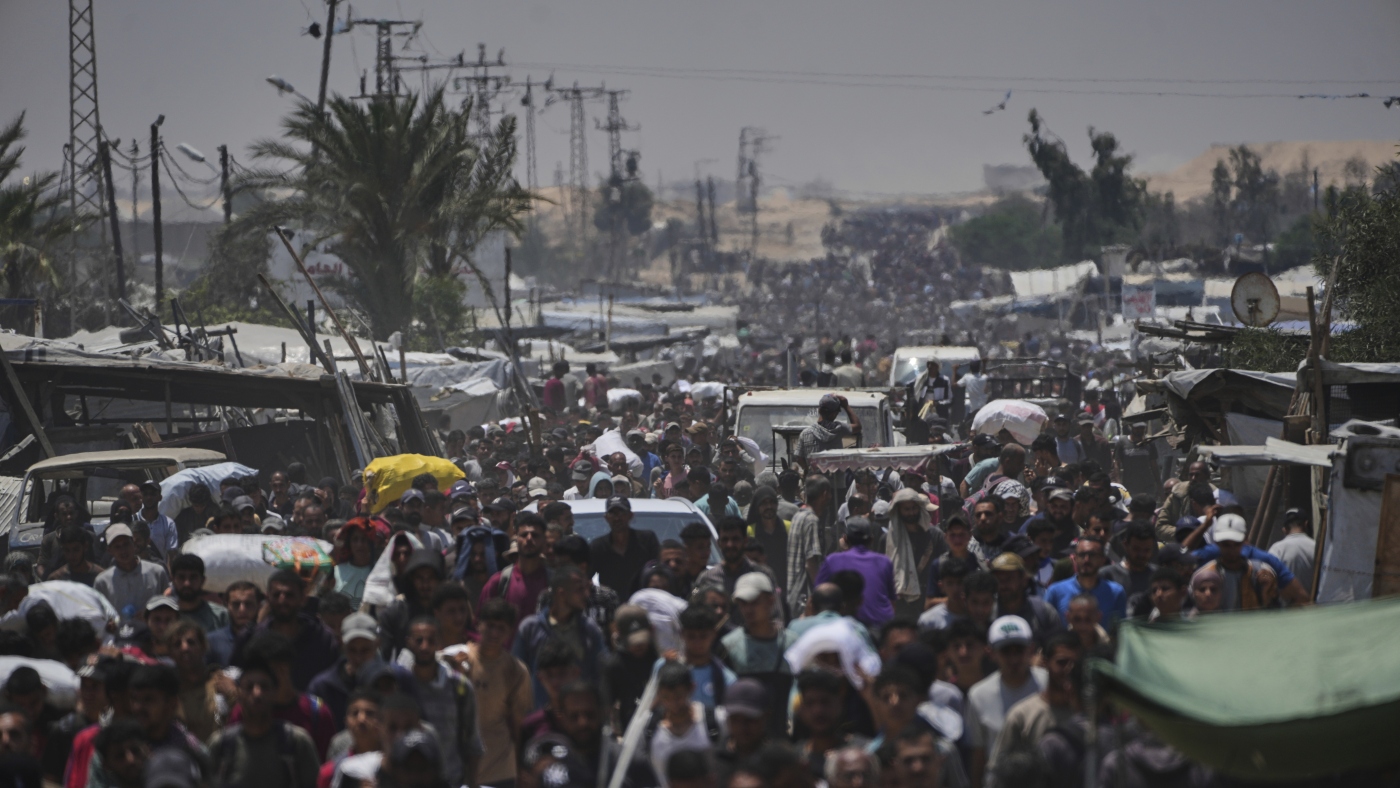The recent wave of fatal incidents near aid distribution sites in Gaza has foregrounded the extreme complexities and heightened tensions characterizing humanitarian operations in conflict zones. Over the past several weeks, multiple reports from Palestinian health officials, eyewitnesses, international media, and humanitarian organizations have documented the deaths and injuries of dozens of Palestinians, many en route to receive critical food assistance. These events unveil a bitter paradox: despite formal agreements aimed at alleviating a near three-month blockade on Gaza, delivering life-saving aid remains perilous and fraught with lethal consequences.
The Context: Aid Delivery Amidst Blockade and Conflict
Gaza, an enclave long suffering from restricted movement and limited resources, has seen an intensification of humanitarian distress following extended blockades. Recently, Israel agreed to ease restrictions to facilitate aid delivery. However, the establishment of new aid distribution points, intended to channel essentials such as food to desperate civilians, has been marked by repeated deadly shootings. These sites, often supported by Israeli and U.S.-backed organizations like the Gaza Humanitarian Foundation, have attracted thousands of Palestinians seeking relief.
In theory, the easing of the blockade and creation of distribution hubs should ameliorate suffering. Yet, the on-ground reality narrates a far more grim sequence: large crowds gathering amidst intense fear, movement restrictions, and the looming threat of violence. The proximity of Israeli military forces to civilians approaching these sites has catalyzed deadly confrontations, revealing fault lines in security protocols, communication, and trust.
The Fatal Incidents: A Harrowing Pattern
Reports indicate that in recent days alone, between 5 to over 30 Palestinians have been killed near these aid sites in multiple separate incidents. Palestinian health authorities, corroborated by eyewitness statements, recount Israeli troops opening fire on crowds approaching aid distribution centers located primarily in southern Gaza, especially around Rafah and Deir al-Balah. Victims have included men, women, and notably, a five-month pregnant woman who required urgent medical intervention after a gunshot wound.
Hospital officials, such as those at Nasser Hospital, have received bodies and treated more than a hundred wounded throughout these shootings. Local civil defense agencies claim these casualties amount to war crimes, given the victims were civilians unarmed and seeking humanitarian assistance. The Red Cross and Gaza’s health ministry report repeated occurrences of lethal force, with casualties mounting across three consecutive days of chaos near the aid points.
Conflicting Narratives: The Israeli Military’s Stance
The Israeli military has issued statements asserting that their troops have fired warning shots or targeted specific “suspects” who allegedly posed threats near the distribution centers. Assertions emphasize that troops are not preventing civilians from accessing aid but maintain that their firing was either defensive or intended as deterrence against perceived hostile activity.
Several reports indicate that the IDF fired warning shots into the air; however, Palestinians and independent observers contest this, pointing to direct gunfire hitting civilians kilometers away from the actual sites. This discrepancy in narratives fuels further mistrust and complicates accountability, with independent video footage and eyewitness testimonies presenting chaotic scenes of running crowds and audible gunshots.
Humanitarian and Ethical Challenges
The deaths occurring near aid points amplify the complexity of humanitarian work in highly militarized environments. The situation raises urgent questions regarding:
– Rules of Engagement: How are security forces balancing the imperative to protect themselves with the responsibility to safeguard civilians? The military’s broad characterization of “suspects” lacks transparency and invites scrutiny.
– Aid Distribution Mechanisms: The Israeli-backed aid distribution system has been described as controversial. The deaths near these centers suggest insufficient coordination or protection measures for civilians accessing crucial supplies.
– Civilian Protection: The targeting or inadvertent harm of civilians seeking aid constitutes a critical concern under international humanitarian law.
– Communication and Coordination: The repetition of violent incidents signals potential failures in communication among humanitarian bodies, local authorities, and military commanders to establish safe zones and protocols.
– Psychological Impact: The trauma inflicted upon Gaza’s population, already enduring siege conditions, exacerbates the humanitarian crisis beyond material deprivation to encompass fear and uncertainty.
Broader Implications: Humanitarian Access and Conflict Dynamics
These incidents throw into sharp relief the dilemma of providing humanitarian aid in contested areas where security concerns loom large. The employment of deadly force in the vicinity of aid distribution points risks derailing relief efforts, undermining trust between local populations and aid providers, and escalating broader conflict dynamics. It complicates diplomatic efforts to stabilize the region and places added pressure on international organizations advocating for unimpeded aid access.
Toward Solutions: Balancing Security and Humanity
Addressing the fatal shootings around Gaza’s aid distribution sites demands nuanced, multifaceted approaches:
– Enhanced Coordination: Improved real-time communication between Israeli military personnel, humanitarian organizations, and local leaders could establish clearer protocols to prevent misidentifications and unintended shootings.
– Safe Corridors: Designating and enforcing demilitarized corridors or times for aid collection with robust monitoring from neutral international observers might reduce risks to civilians.
– Transparency and Investigation: Independent, transparent investigations into each shooting incident are critical to clarifying circumstances, holding perpetrators accountable, and rebuilding trust.
– Community Engagement: Empowering community representatives in planning aid distribution could ensure safer crowd management and address misconceptions on all sides.
– International Pressure and Support: The international community must advocate for civilian protection in line with international law and support humanitarian endeavors with sufficient resources and political backing.
Conclusion: A Tragic Reflection of a Deep-Rooted Crisis
The deadly shootings of Palestinians near Gaza’s humanitarian aid sites are a tragic encapsulation of the profound intersection between conflict, humanitarian need, and political complexities. While the easing of the blockade and the creation of these distribution points represent attempts to alleviate suffering, the lethal outcomes underscore systemic challenges in ensuring safe access to aid amid ongoing hostilities.
Ultimately, these losses spotlight the urgent imperative to reconcile operational security with human dignity, safeguarding those most vulnerable during one of the most critical moments of need. Without resolute efforts to protect civilians, improve operational transparency, and foster trust, the promise of humanitarian aid risks being overshadowed by the grim reality of violence, perpetuating cycles of suffering in Gaza’s besieged communities.


